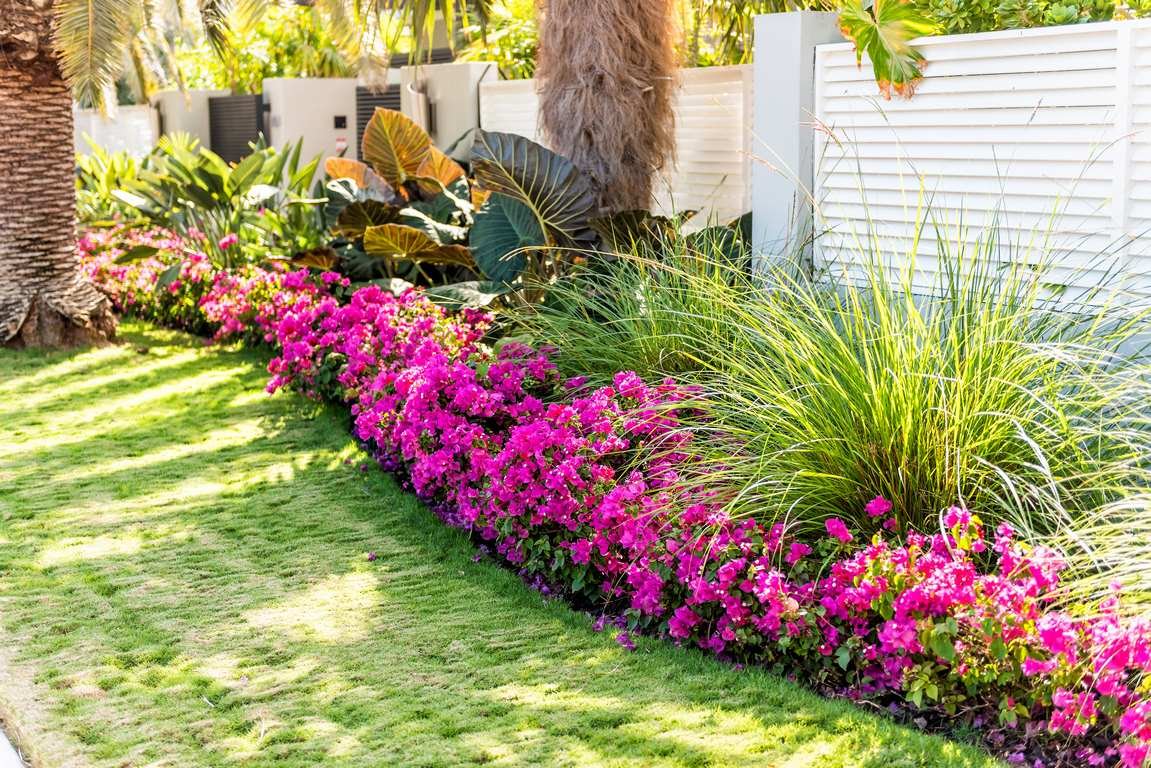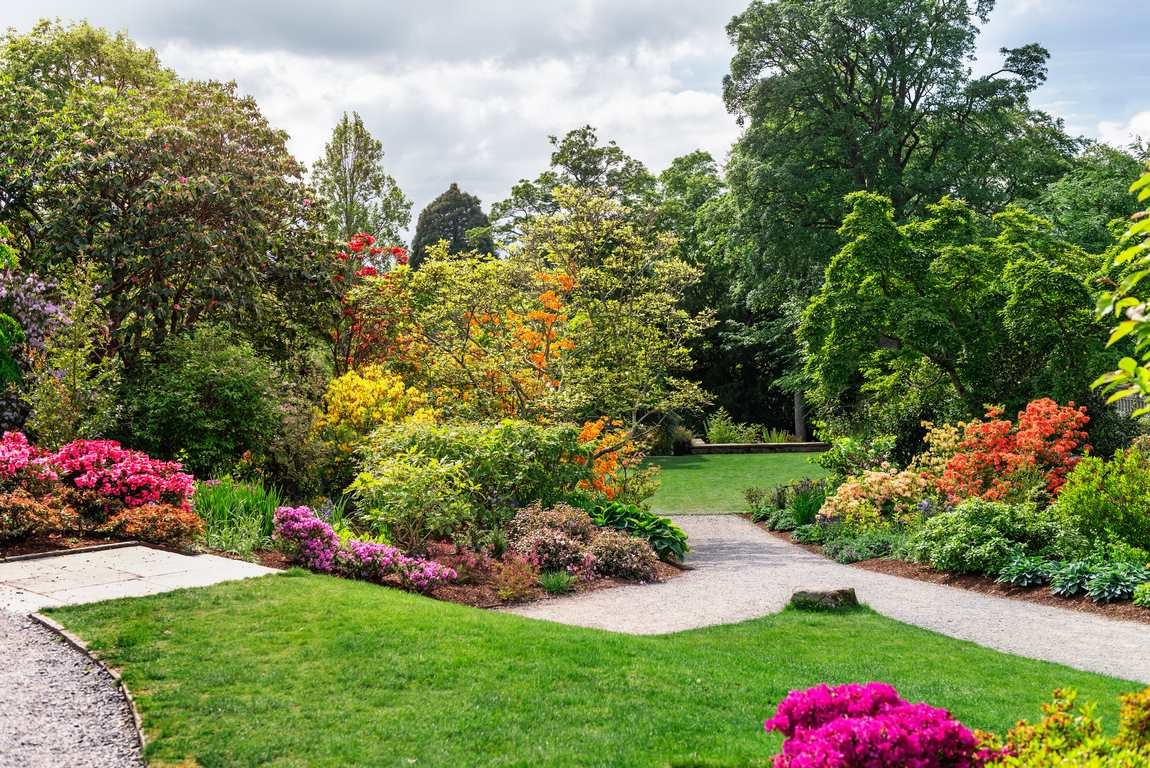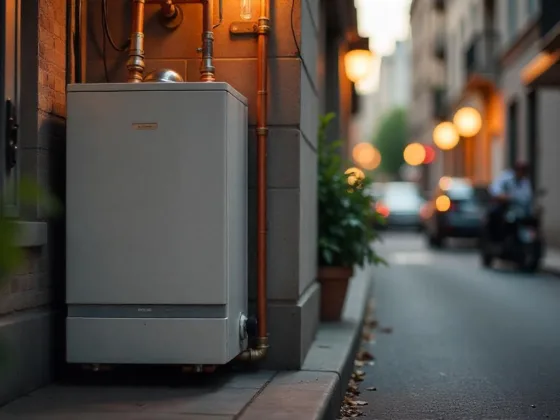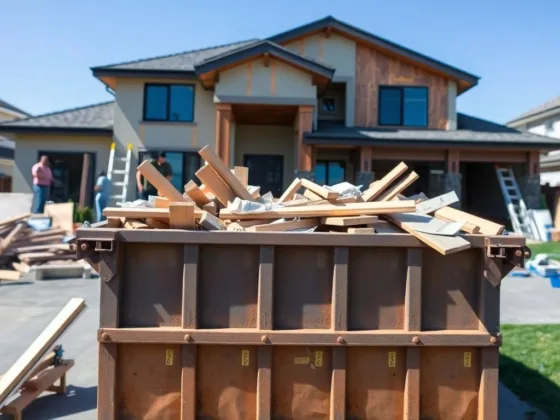Table of Contents Show
If there’s any project you should start in your home for this year, it should definitely be your garden.
If you notice your house’s curb appeal is in dire need of improvement, better make that change and give your outdoor space a new life.
As your garden shapes your home’s exterior, it’s just but fitting to put any effort into it and not just think of your landscaping as an afterthought.
Whether you’re going to hire landscaping services or make it your do-it-yourself (DIY) project after going through a hundred home improvement guides, what matters most are the plants you use.
What’s a landscaping project without the right plants? While there’s no uniform cookie-cutter approach to buying and choosing landscaping plants, there are certain guidelines that, if you follow, could help you achieve the best garden look for your home.

This article gives you all the insights you need to know when choosing landscaping plants so you could end up with the best ones for your garden.
Ask About their Maintenance
The expense of having a beautiful garden doesn’t just stop at purchasing plants to fill it up.
Remember, you also have to maintain your garden so it’ll consistently look exceptional.
If not, all the efforts you’d put in for your landscaping project would turn out futile.
Especially when you don’t have a green thumb, it’s important to ask about the plants’ maintenance.
Choose those that are fuss-free and low maintenance so you won’t need to be bothered about their upkeep.
These are those plants that would still look well-kept even with a few runs from your mowers and just a couple of trims.
To help you get started with your plant selection process, here are some low-maintenance plants you may want to choose from:
- Euphorbia,
- Rose of Sharon,
- Smooth hydrangea,
- Peony,
- Hawthorn tree.
Choose a Specific Kind of Trees
Landscaping plants aren’t just short plants and shrubs. They also include trees.
In fact, a beautiful backyard is usually one with a tree, to add in that shade and breeze that only a tree could bring.
As you select your landscaping plants, take special notice of trees as well.
There are so many trees you can choose from, and you only have to narrow your option based on the specific type of tree you prefer.
Trees can be categorized into groups, such as the following:
- Dwarf trees,
- Flowering trees,
- Evergreen trees.
Choosing the right tree matters as there are some that grow slower than others.
Some trees may also be too big, and their branches may cause dangerous overhangs on the road or your house’s roof.
Then there are also those trees that are not so easy to maintain, which you may want to avoid.
If you aren’t familiar with trees and unsure of what to include as part of your landscaping project, it doesn’t hurt to ask for tips and advice from an expert arborist.
Read Also:
Consider How Fast (Or Slow) A Certain Plant Grows
Different plants have their respective growing times. This factor could also be relative, depending on how well you take care of your plants.
But when you’re buying plants, be sure to ask the seller about their average growing time and what you can do to ensure better growth.
These matters as you may not be able to enjoy the full beauty of your landscaping project if the plants aren’t fully grown yet.
If you don’t like the waiting time, you could opt to purchase adult or grown plants rather than younger ones. The only caveat to this is full-grown plants may be more expensive.
Look Around for Shrubs
Like trees, having shrubs as part of your landscaping project could add depth and dimension to your exterior, preventing your garden from looking too plain and flat.
Think of those lush gardens you walk in at resorts or parks and greatly appreciate.
Surely, these gardens all have one characteristic in common: they’re lush because of the mix of grass, short plants, shrubs, and trees.
You can talk to your landscaper and ask if you can incorporate some shrubs and what could be good ones for your garden. Some examples may include the following:
- Evergreen shrubs,
- Flowering shrubs,
- Fast-growing shrubs.
Generally, shrubs are also great to fill in any big gaps in your garden as these are quite low maintenance.
Choose Pest-Repelling Plants
No matter how well landscaped your plants are if they’re a carrier of pests, you simply won’t enjoy spending time in your garden.
Your garden shouldn’t just look great. It should also be a place where your family could enjoy and be comfortable and won’t have to worry about pests.
If you could have pest-repelling landscaping plants, then go for these options. Here are some of the best pest-repelling plants you can have for your garden:
- Lavender: A lavender plant doesn’t just smell good, but it can also keep mosquitoes, fleas, and other pests away.
- Marigolds: These plants aren’t just beautiful with their lovely colors, but they can also shoo mosquitoes out of your garden.
- Chrysanthemums: These are both potent and pretty, with their strong power to repel cockroaches, ticks, and beetles.
- Petunias: These plants are beautiful and easy to maintain and can also give you a bug-free garden.
Have a Vine Selection, too
If you have a bare fence and you want to add some greenery, vines are your best bet.
These could instantly elevate your entire landscaping look as once the vines grow, you’d effortlessly have a lot of greens on your garden.
Be careful when choosing vines, however, and pick those that aren’t too invasive. Otherwise, you may find it challenging to keep up with their growth.
Conclusion
As you head out on your search for landscaping plants to have in your garden, be vigilant enough and try not to ignore the above tips.
If you do so, it may only result in problematic situations in the future with a garden that’s hard to manage, plants that wilt and die right away, and an exterior that looks crowded and disorderly.
When it comes to landscaping, it’s not always the price of the plants that matter.
Rather, it’s more of how the plants look and what they can do for your garden that makes all the difference.










